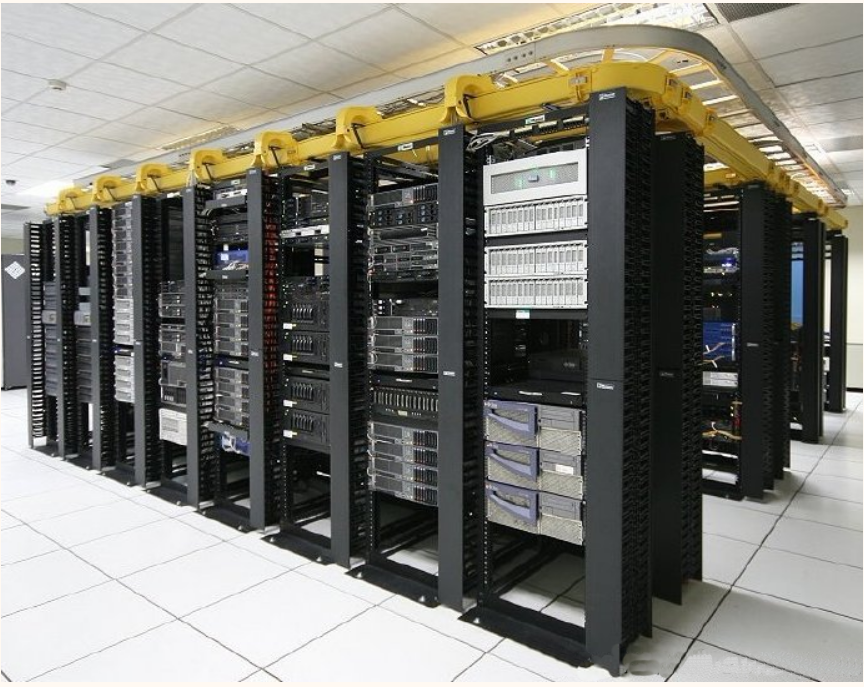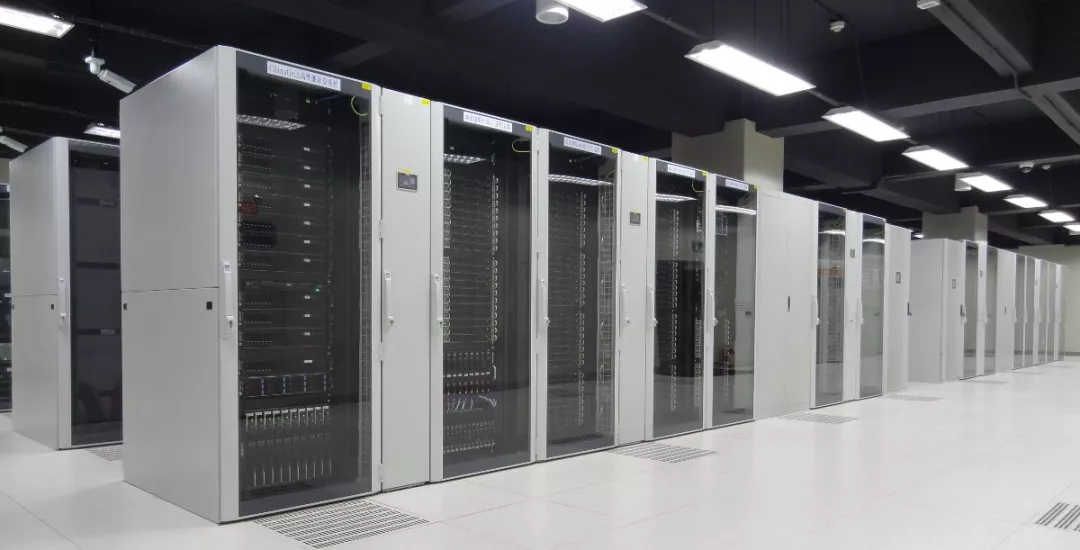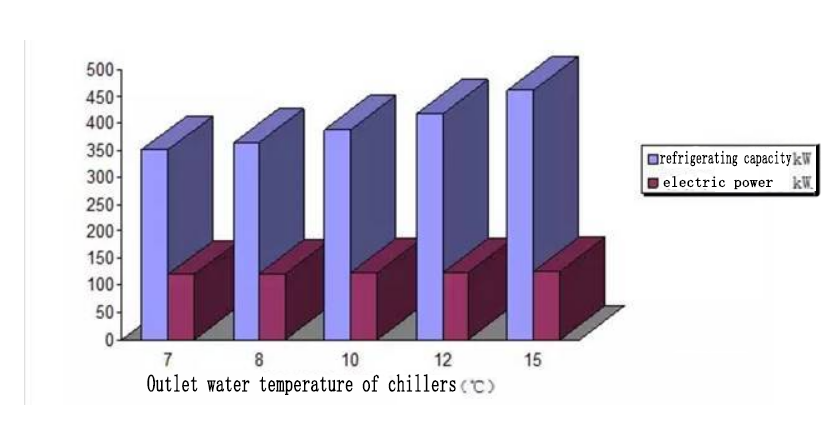How to improve the energy efficiency of chilled water air conditioning systems in data centers
Frozen water-type air conditioning systems have long been a mature application in data centers, but many users are still conservative in their applications. This article will analyze several energy-saving measures for chilled water air-conditioning systems to help data center users achieve better energy conservation and efficiency.

1. Increase the outlet temperature of the chiller
Increasing the outlet water temperature of the chiller is a powerful measure to improve the overall energy saving effect of the refrigeration system. According to the engineering experience and the data provided by the chiller manufacturer, under the condition that other parameters remain unchanged, whenever the outlet temperature of 1℃ is increased, the cooling capacity of the chiller will increase by 3%~4%, and the power consumption will increase by about 1%.
The figure below shows the typical relationship between the cooling capacity of the chiller and the power consumption under different water outlet temperature conditions.

It is not difficult to see that as the temperature of the outlet water increases, the cooling capacity and power consumption are increasing, but the cooling capacity increases even more. Simply put, as the outlet temperature of the chiller increases, we can provide more cooling with less power consumption. This is obviously an effective measure to improve the energy efficiency of the refrigeration system.
It is worth noting that the outlet temperature of the chiller cannot be increased unrestrictedly, and for terminal air conditioning equipment, when the temperature of the chilled water supply from the chiller increases, its cooling capacity will decrease accordingly. In order to avoid this situation, it is necessary for the terminal air conditioner manufacturer to design with high temperature chilled water supply and high return air temperature during the research and development stage.
can fully consider the best energy efficiency of the data center chilled water air-conditioning system in the research and development and production stages, such manufacturers are obviously rare. At present, the representative of this type of air conditioner on the market is mainly the Liquid Cooling Package (LCP) high-performance cabinet-level liquid-cooled air conditioner of Germany Rittal. LCP series air conditioners are designed for the heat dissipation of high-performance computing systems in data centers, with a width × height × depth of 300 × 2000 × 1200 (mm), which can perfectly match the IT cabinet. LCP series air conditioners use chilled water as the refrigerant. The designed water supply temperature is 6-20℃, and the ideal water supply temperature is 15℃. At this time, the rated cooling capacity is 28 kW. In a user's container data center, the measured cooling capacity is as high as 37 kW/unit when the chilled water inlet temperature is 20°C.
2. Make full use of natural cooling sources and implement natural cooling
Increasing the water outlet temperature of the chiller means increasing the water supply temperature of the terminal air conditioner. Another benefit derived from it is that it can maximize the use of outdoor cold sources for natural cooling.
An air/water heat exchanger is added to the chilled water system. The high-temperature chilled water returned from the terminal air conditioner enters the heat exchanger and is cooled to a suitable low temperature. The low-temperature chilled water is then sent to the terminal air conditioner to absorb the IT equipment The heat dissipation becomes high-temperature chilled water again, and returns to the heat exchanger again, and so on. The figure below is the basic schematic diagram of the natural cooling system.

Taking New York City as an example, the meteorological parameter statistics of New York City from 2007 to 2009 are shown in the following table. The data comes from the New York City Statistical Survey Information Network.

It can be seen that the average temperature in New York City is below 15°C for 5 months each year, and natural cooling can be implemented in these few months, and the lower the temperature, the better the effect of natural cooling. From the perspective of meteorology and geography, the farther the geographic location is, the longer the free cooling time is available and the higher the energy saving rate of the system.
The energy saving and efficiency enhancement of the data center refrigeration system is a comprehensive project, which requires different optimization and configuration according to the actual project. However, as two commonly used methods among many energy-saving measures, the use of the above measures will bring substantial help to the efficiency improvement of the refrigeration system.



